The State Government has directed the Victorian Environmental Assessment Council to nominate areas in six National and State Parks where recreational prospecting will be allowed. Details of the brief are here.
FOBIF has made a submission to VEAC, which reads partly as follows:
It is hard to believe that VEAC has been given such a brief without prior authority to investigate first the question, ‘should any additional areas be made available for recreational prospecting in our National and State Parks.’
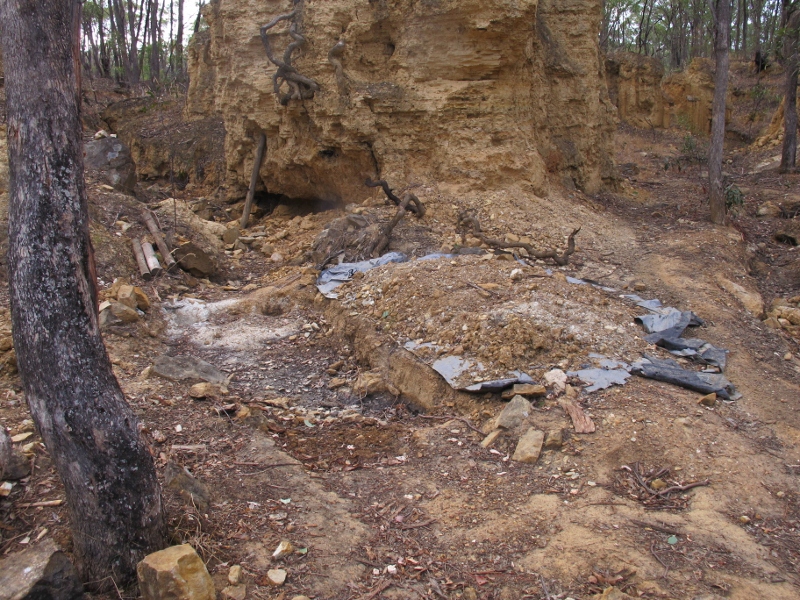
Prospecting site, Castlemaine Diggings NHP: there appears to be no monitoring of prospecting in the Park. Ranger resources are too limited for any effective supervision, and there seems no way of controlling rogue prospectors.
Prospecting has been permitted in the Castlemaine Diggings National Heritage Park for about ten years. The Park’s Management Plan [2005-7] specifies that management ‘monitor the impacts of prospecting on cultural and natural values of the park’ and work with relevant groups to address the causes.’ [page 42]
It would seem logical that no decision about additional areas for prospecting should be made without first checking on the experience with the practice in this park.
What is the status of the monitoring of prospecting in the Castlemaine Diggings NHP? What conclusions can be drawn from it about potentially damaging practices?

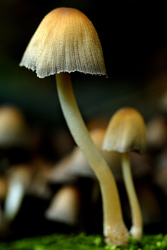
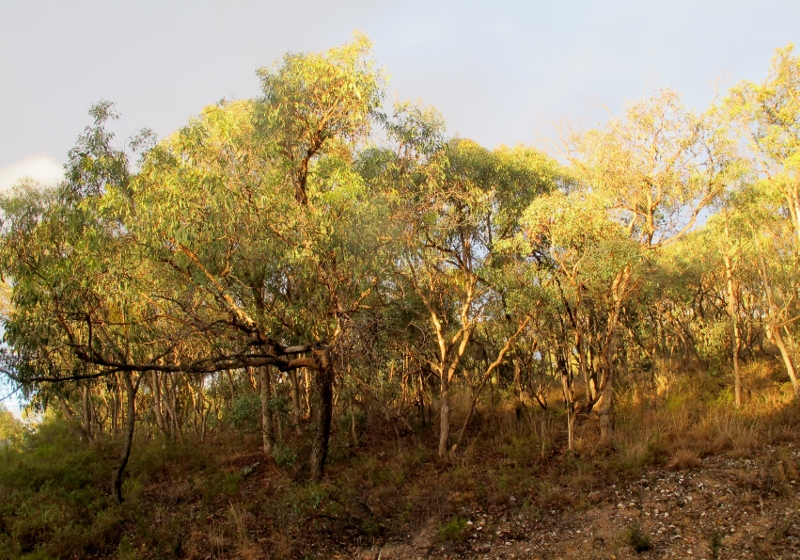
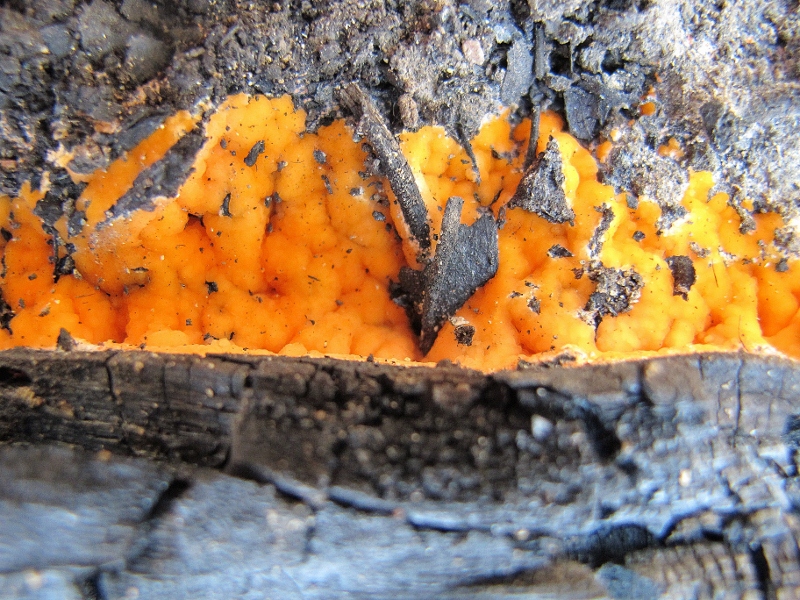
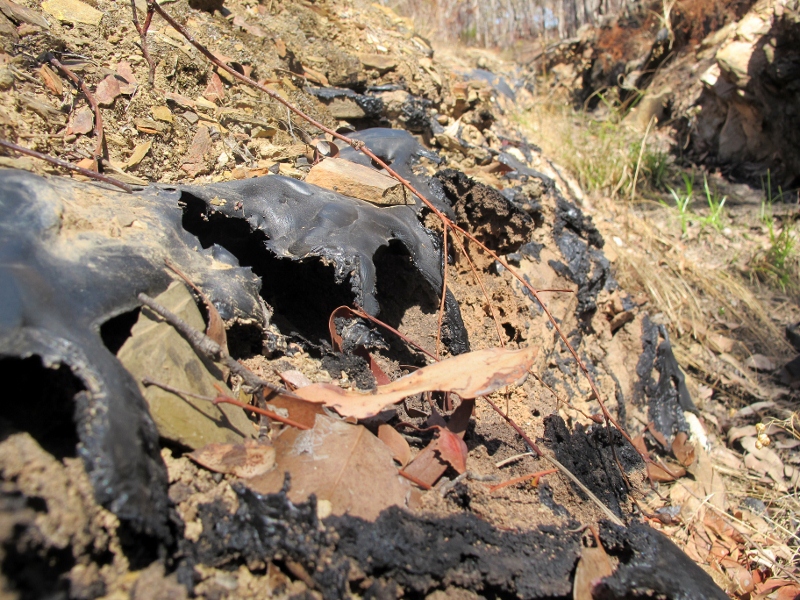
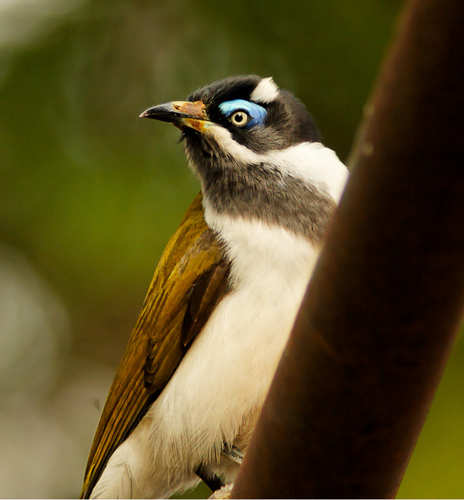
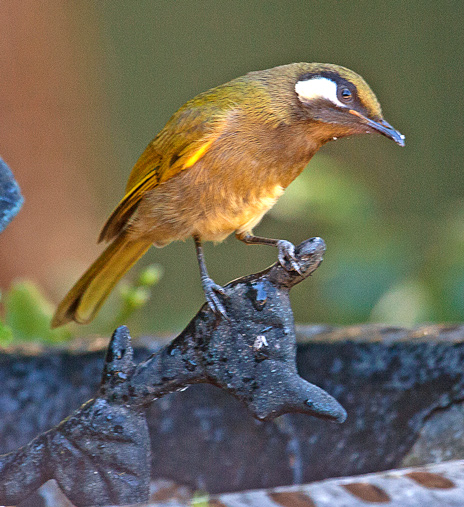
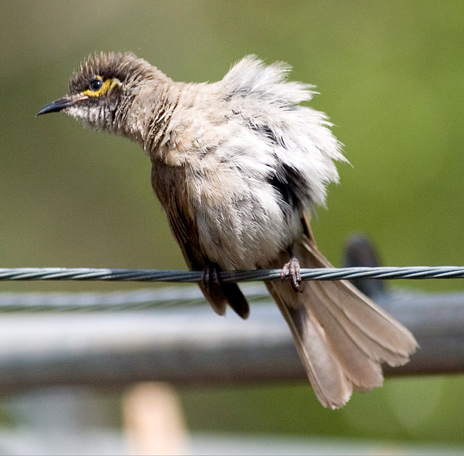
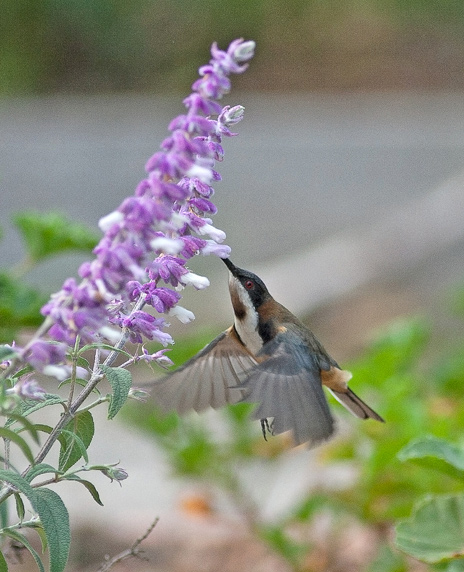
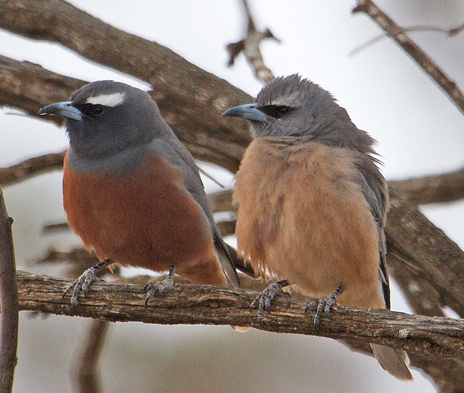
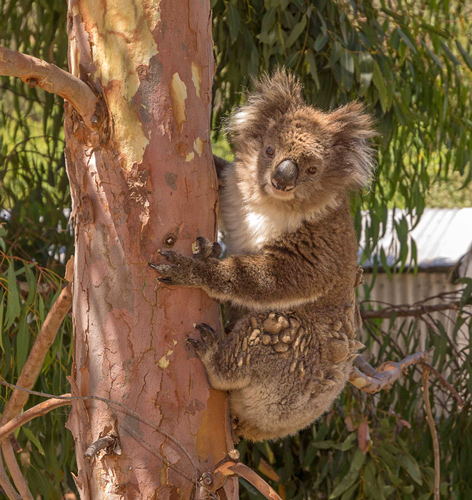
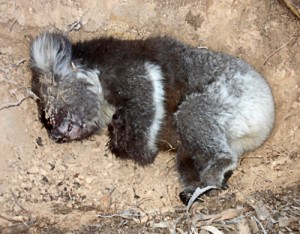
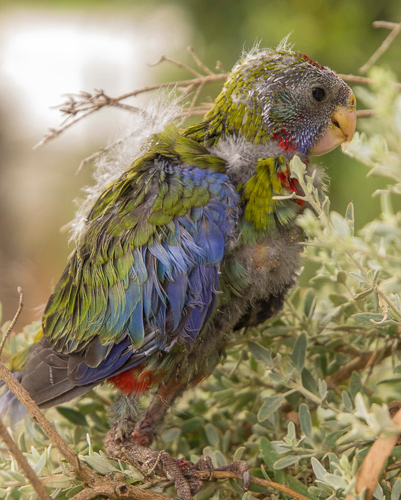
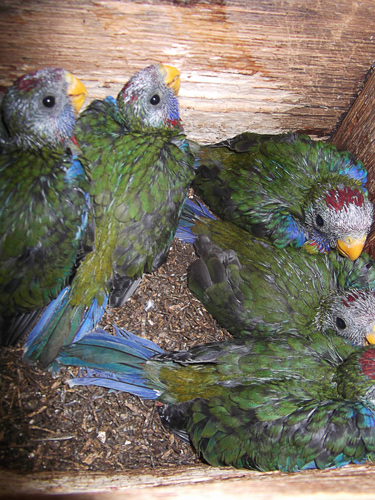
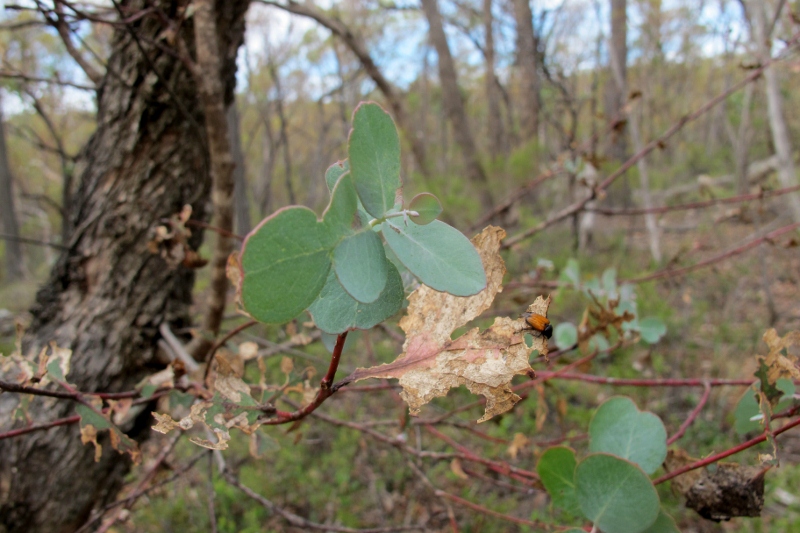



 Click on image for info/order page
Click on image for info/order page Click on image for info/order page
Click on image for info/order page Click on image for info/order page
Click on image for info/order page




















